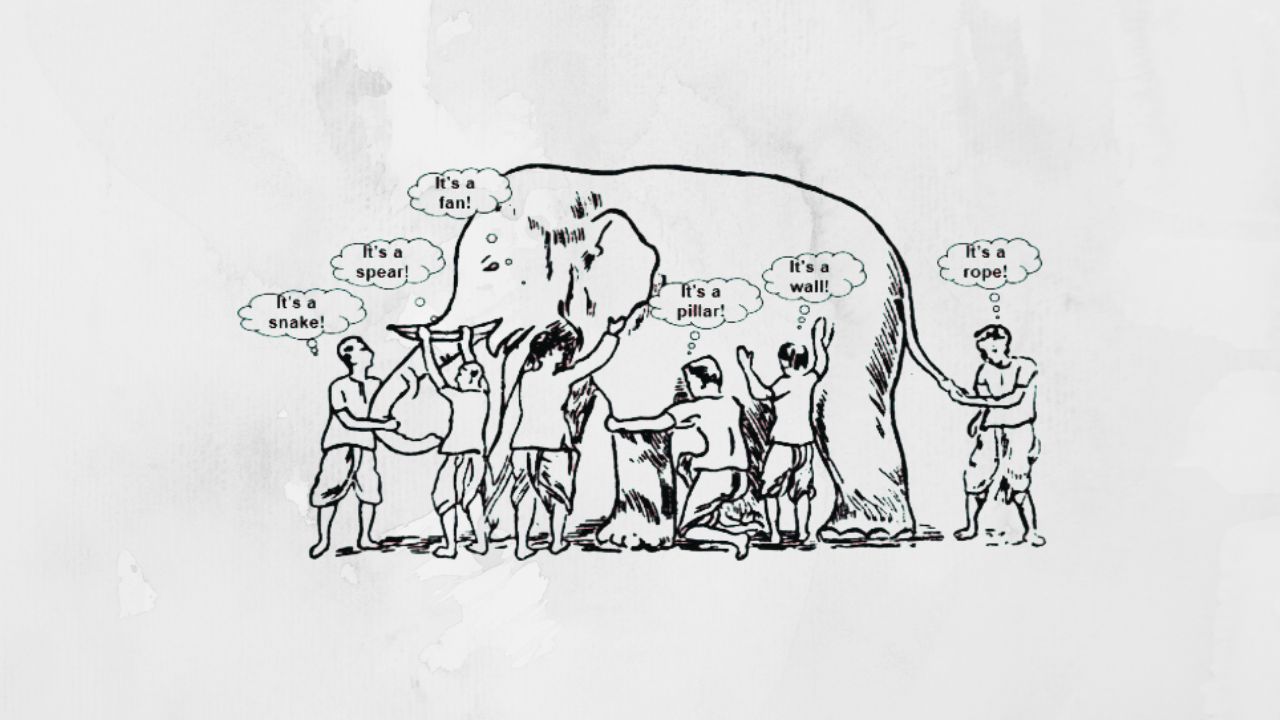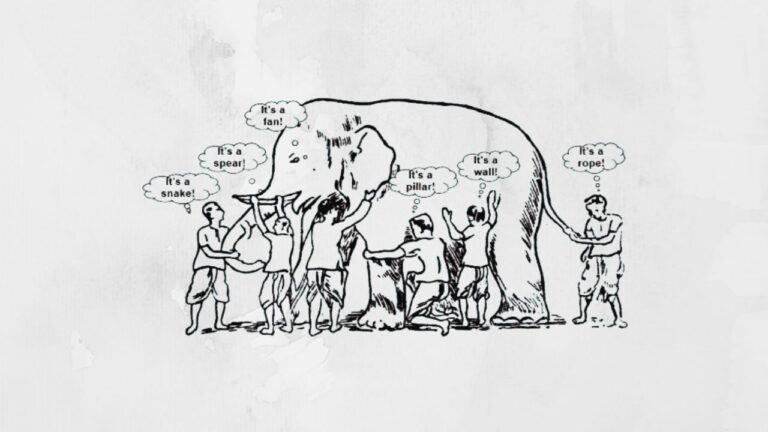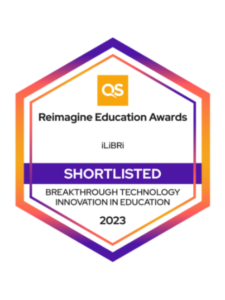The fragmentation of the knowledge cycle is harmful to institutions, as it hinders both organizational efficiency and personal development. It is essential to have a centralized solution where internal knowledge, general knowledge dissemination, community, social and constructional, and personalized learning converge as an integrated process.
A reading recommendation (click)
Gray, P.H. and Meister, D.B. (2003), “Introduction: fragmentation and integration in knowledge management research”, Information Technology & People, Vol. 16 No. 3, pp. 259-265. https://doi.org/10.1108/09593840310489377
The Interrelation of Knowledge, Community, and Learning
Knowledge: Knowledge is the foundation of growth and innovation, and it must be managed and preserved meticulously. The loss of tacit knowledge, mainly when a small group serves a growing number of people, underscores the need for robust knowledge exchange and management solutions. Studies show that organizations with strong knowledge management practices outperform their peers by 23% regarding productivity and innovation (Valamis).
Community: Building a robust and engaged community fosters collaboration, knowledge exchange, and social learning. Communities provide a platform for social learning and support, enhancing an organization’s collective intelligence. Research indicates that organizations with active communities experience a 20% increase in employee engagement and retention (LiveAgent).
What is Social Learning Theory? (click)
This theory emphasizes the role of observational learning, imitation, and modeling in acquiring new behaviors. The main principles include attention (noticing the behavior), retention (remembering the behavior), reproduction (ability to replicate the behavior), and motivation (having a reason to adopt the behavior). Bandura’s famous “Bobo doll experiment” demonstrated that children could learn aggressive behaviors by observing others. The theory integrates behavioral and cognitive psychology concepts, underscoring the importance of social context and the active role of cognitive processes in learning.
For more information, you can read the full article on Wikipedia.
Learning: Personalized and social learning is crucial for individual and organizational development. AI-enhanced solutions offer tailored learning experiences that adapt to individual needs and promote continuous learning if interconnected with the body of knowledge and the community where engagement and observation happen. A study by Deloitte found that organizations utilizing AI for personalized learning see a 30% improvement in learning efficiency (Valamis).
The Case for a Centralized Solution
Integrating these elements into a centralized solution addresses the fragmentation of the knowledge cycle. A unified platform ensures seamless knowledge exchange, preserves tacit knowledge, and fosters community engagement. This holistic approach enhances organizational efficiency and supports personal growth and social justice.
Why It Matters?
We believe accessibility is fundamental but never enough. True value lies in the effective management, exchange, personalization, localization, learning, qualification, and evaluation of knowledge. The impact of knowledge truly unfolds after access, driving both personal and organizational growth and development.
- Tacit Knowledge Challenges: A significant portion of tacit knowledge cannot be converted to explicit knowledge, making it difficult to share, replicate, or measure effectively.
- Knowledge Loss Due to Information Overload: Organizations suffer substantial knowledge loss at multiple levels due to overwhelming information.
- Onboarding and Training Challenges: Both small and large organizations face difficulties with onboarding and training due to fragmented learning processes and tools disconnected from internal knowledge and community communications.
- Adapting to Rapid Changes: Organizations need a strategic advantage to stay competitive in a rapidly changing landscape.
- Decision-Making: The lack of immediate access to critical knowledge often hinders fast, informed decision-making.
- Ineffective Collaboration: Collaboration efforts are less effective when fragmented from other essential processes.
- Barriers to Co-Creation: Co-creation is stymied by power dynamics, hierarchical structures, and a focus on status rather than knowledge.
- Knowledge Hoarding: Individuals often hoard knowledge to maintain their perceived status or power, fearing they will become less critical after sharing what they know.
- Lack of Incentives for Knowledge Sharing: There is a general absence of tools or methods that incentivize knowledge sharing and ensure that contributors receive recognition for their contributions.
- Language Barriers and Skill Diversity: The diverse skills in documentation, writing, and formulating ideas among stakeholders create communication barriers that hinder effective knowledge sharing.







